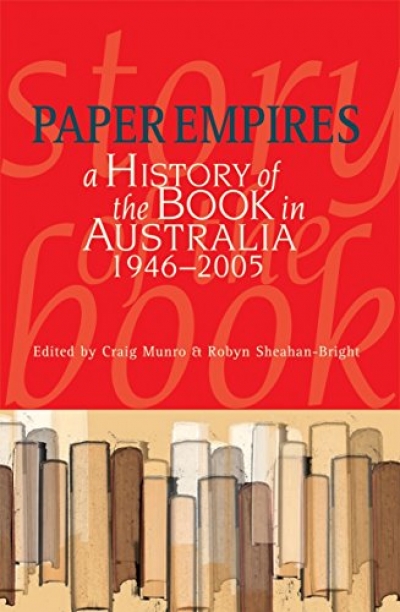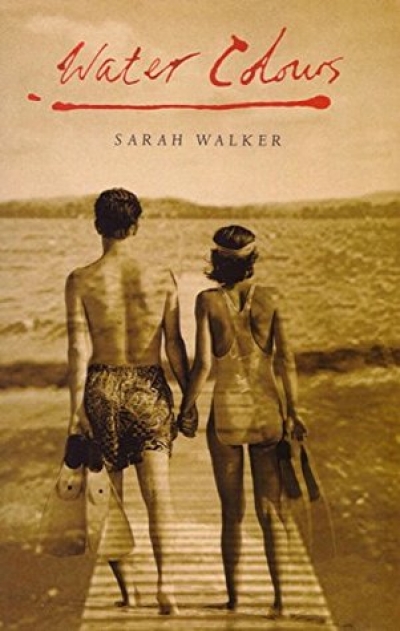This eagerly awaited volume is the last in a trilogy which will recount the history of the book in Australia. The first volume, which will cover the years to 1890, is in preparation. Volume Two, A History of the Book in Australia, 1891–1945: A National Culture in a Colonised Market, edited by Martyn Lyons and John Arnold, was published in 2001.
What is a history of the book? The present volume regrettably does not tell us. We need to consult Volume Two, where Martyn Lyons tells us that it is the history of print culture: ‘The historian of the book is concerned not just with the creative imagination but with all the processes of production, including typesetting, binding, illustration, editing, proofreading, designing, and publishing.’ In addition to the history of book production, the history of print culture encompasses distribution and reception, which involves bookshops and booksellers, libraries and librarians, and, by no means least, readers. The promotion of reading and its hindrance (censorship and other factors) are important topics. It is a broad canvas.
...
(read more)


